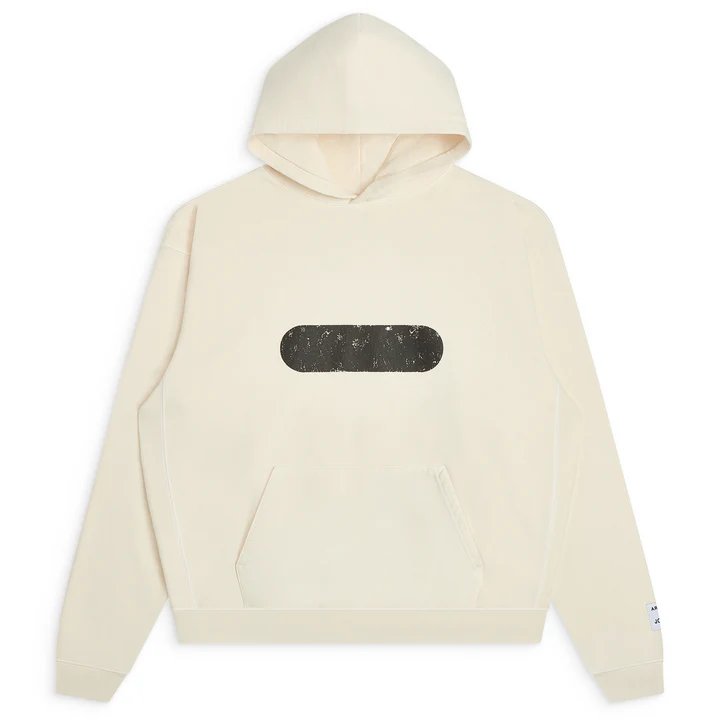Founded by artist and designer Josué Thomas, the brand isn’t just selling clothes — it’s provoking thought, conversation, and even resistance. Known for its handcrafted reworks, paint-splattered finishes, and unapologetic anti-establishment tone, Gallery Dept operates more like an art collective than a traditional fashion label. In an era when authenticity is rare, it offers garments that are raw, real, and radically expressive. From jeans to caps, every piece tells a story of imperfection, individuality, and independence. Let’s dive into how Gallery Dept has transformed itself into a movement where fashion becomes wearable protest, stitched with purpose and painted with intention.
The Roots of Disruption: Gallery Dept’s Origins in Art and Resistance
Art Before Fashion
Founder Josué Thomas treated the label as a studio first — where materials were reworked, repurposed, and reimagined. Clothes are created like canvases, reflecting both personal emotion and social commentary.
A Studio, Not a Store
From the beginning, Gallery Dept rejected traditional retail culture. Its Los Angeles headquarters resembled a chaotic artist’s studio more than a boutique. Visitors would walk in and feel like they were stepping into a gallery — not a showroom. This blurred line between art and apparel changed how people viewed “shopping.” It was an experience, not a transaction.
Early Influences and Inspirations
The brand draws heavy influence from punk, skate, and hip-hop subcultures — spaces historically known for rebellion and self-expression. These influences are felt not only in the garments but in the attitude behind them. The distressed jeans, the handwritten text on tees, and the chaotic colorways all echo a DIY ethos pulled from counterculture icons.
Why Protest Was Built Into the Brand
Gallery Dept was never just aesthetic. Its rise happened during a time of growing frustration — politically, socially, and creatively. The distressed finishes, the paint splatters, the disorderly designs — all serve as visual protests against the polished, mass-produced fashion world.
From Canvas to Culture: The Wearable Art Philosophy
Reconstructed Fashion as a Medium
Instead of starting from scratch, Gallery Dept reworks existing garments — a creative decision with deep philosophical roots. Reconstructing old pieces is both an eco-conscious choice and a form of anti-consumerist commentary. It says: “What’s been discarded still has value.” In every repaint or repair, there’s an echo of revival.
Each Piece as a Story
No two pieces from Gallery Dept are alike, and that’s intentional. The wear, the color, the scribbles — all contribute to making every item uniquely personal. This storytelling aspect turns clothing into heirlooms, not commodities. When you wear Gallery Dept, you’re wearing a fragment of lived experience, both yours and the creator’s.
Imperfection as Identity
Mainstream fashion often strives for sleek perfection. Gallery Dept flips that on its head. It embraces flaws — uneven stitching, visible repairs, raw edges — as badges of honor. These imperfections reflect real life: complex, unfinished, and beautiful in its chaos.
Art for the Streets, Not the Museum
Rather than keeping art confined to galleries, Gallery Dept puts it on the backs of everyday people. The streets become the runway, the museum, the battleground. This democratization of art aligns with the brand’s roots in protest and rebellion — making creative expression something you live in, not just admire.
From Studio to Street: The Making of the Gallery Dept Movement
Celebrity Endorsement with Meaning
While many brands chase celebrity validation, Gallery Dept attracts it organically. These figures recognize that the brand represents more than just clothing — it symbolizes courage, creativity, and resistance.
Streetwear Fans Turned Loyalists
The label’s early supporters weren’t fashion elites — they were skateboarders, graffiti artists, and underground creatives. This grassroots appeal helped the brand grow authentically, with word-of-mouth and underground hype replacing traditional marketing campaigns. The brand is now a badge of underground credibility.
Aesthetic as Philosophy
The Gallery Dept aesthetic — distressed denim, oversized fits, bold fonts — isn’t just about “looking cool.” It’s a design language that speaks rebellion. Every detail, from the typeface to the texture, is carefully chosen to carry a message. That consistency has helped build a subculture that recognizes and respects the brand’s values.
Collaborations That Keep It Raw
When Gallery Dept collaborates — like with Lanvin or Chrome Hearts — it doesn’t compromise. The partnerships feel like cultural exchanges, not corporate deals. Each one maintains the brand’s handmade feel and protest roots, expanding its reach without losing its soul.
The Future of Fashion as Resistance
Sustainability Through Reconstruction
Gallery Dept’s upcycling model — revamping old clothes into new — offers a sustainable alternative to fast fashion. In a world grappling with climate crises and overproduction, its philosophy of repurpose over reproduce sets a blueprint for ethical creativity.
Fashion That Speaks Truth
More than trendsetting, Gallery Dept creates conversation. Whether it’s about capitalism, waste, or identity, the brand invites you to ask questions and wear your beliefs. That’s a rare and powerful stance in a commercial industry.
Leaving the Rules Behind
Perhaps most importantly, Gallery Dept proves that you don’t need to play by the industry’s rules to make an impact. By prioritizing meaning over money, art over commerce, and individuality over mass appeal, it inspires a new generation to create fashion on their own terms.







